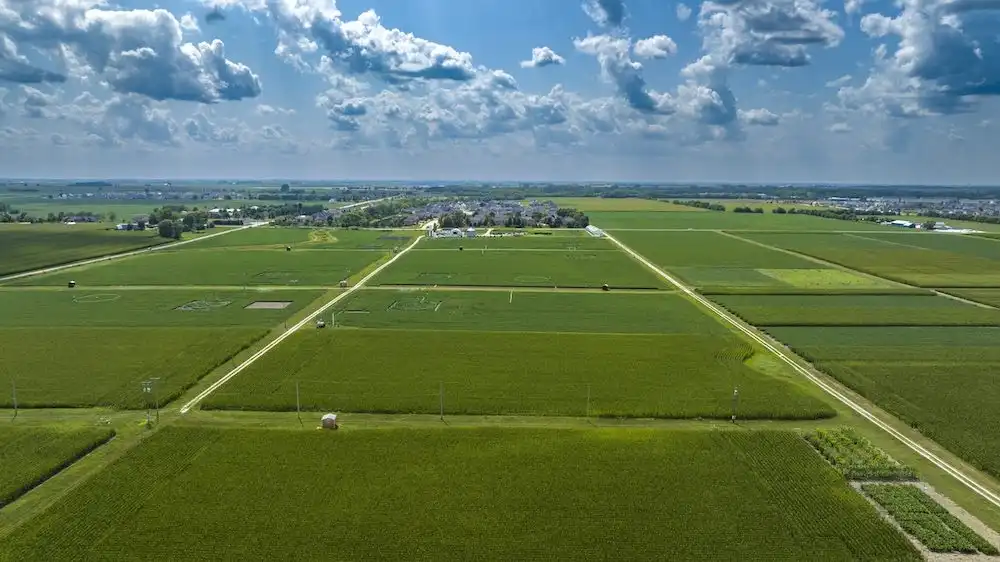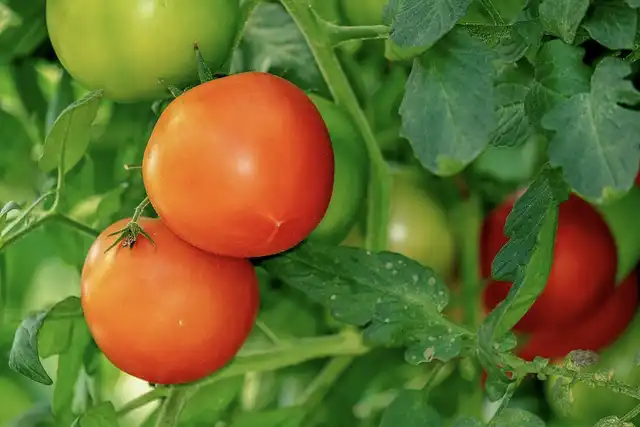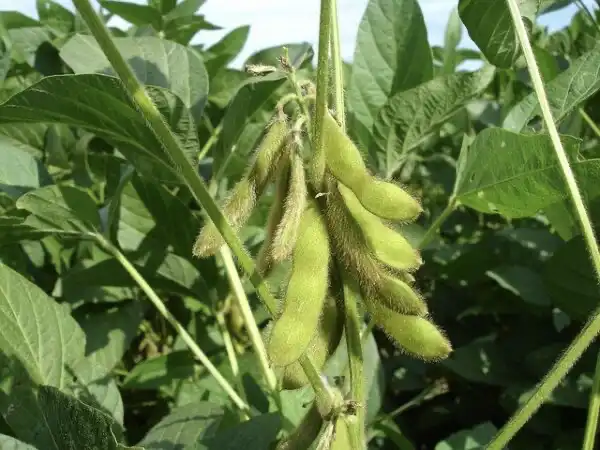
A genetic breakthrough unveils the high-iron mutations in peas, presenting opportunities for fortified vegetables and cereals. This discovery, based on a newly mapped pea-genome, could guide gene-editing strategies to enhance iron content in various crops, addressing global anaemia concerns, especially…
Read More











